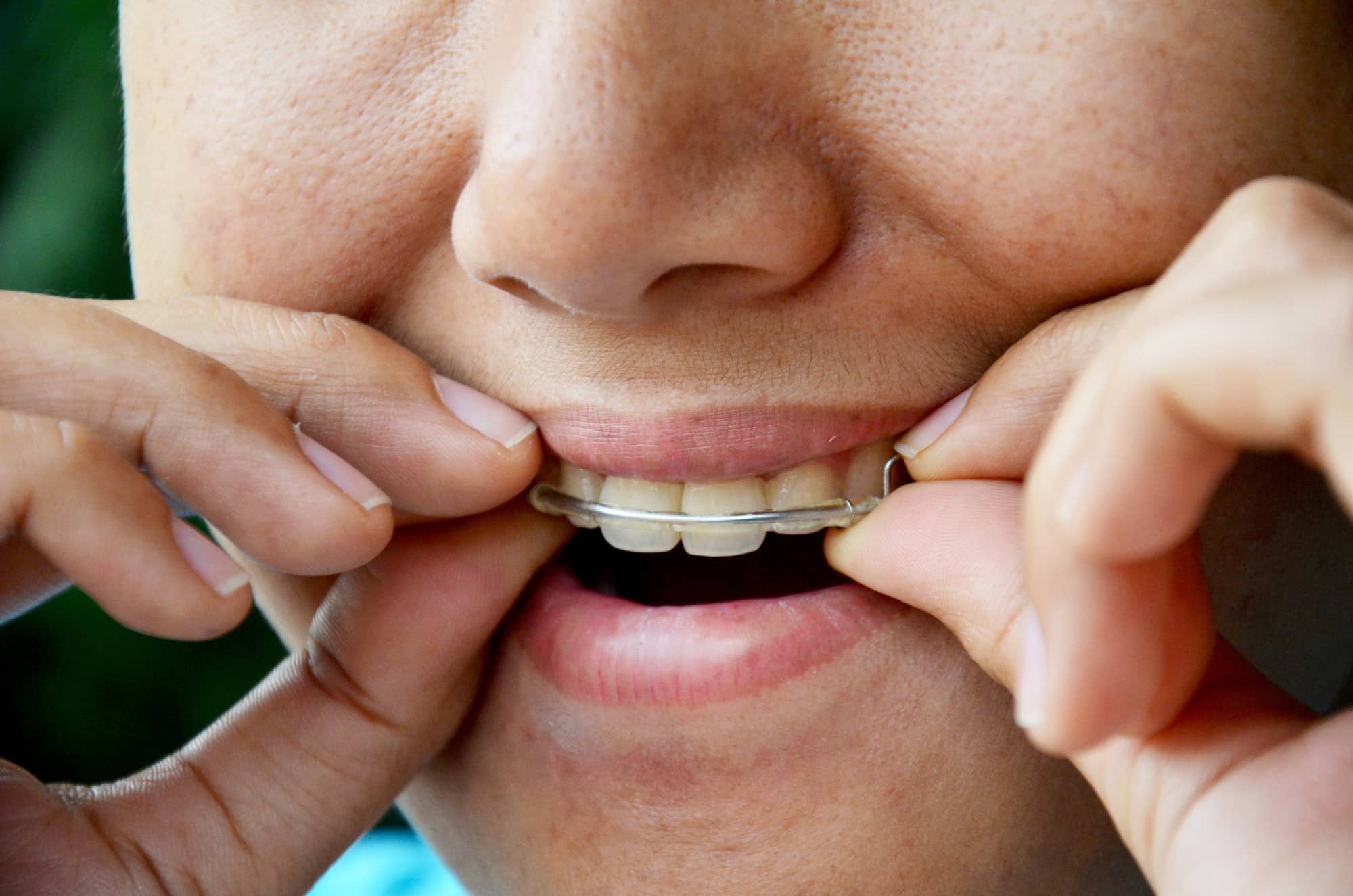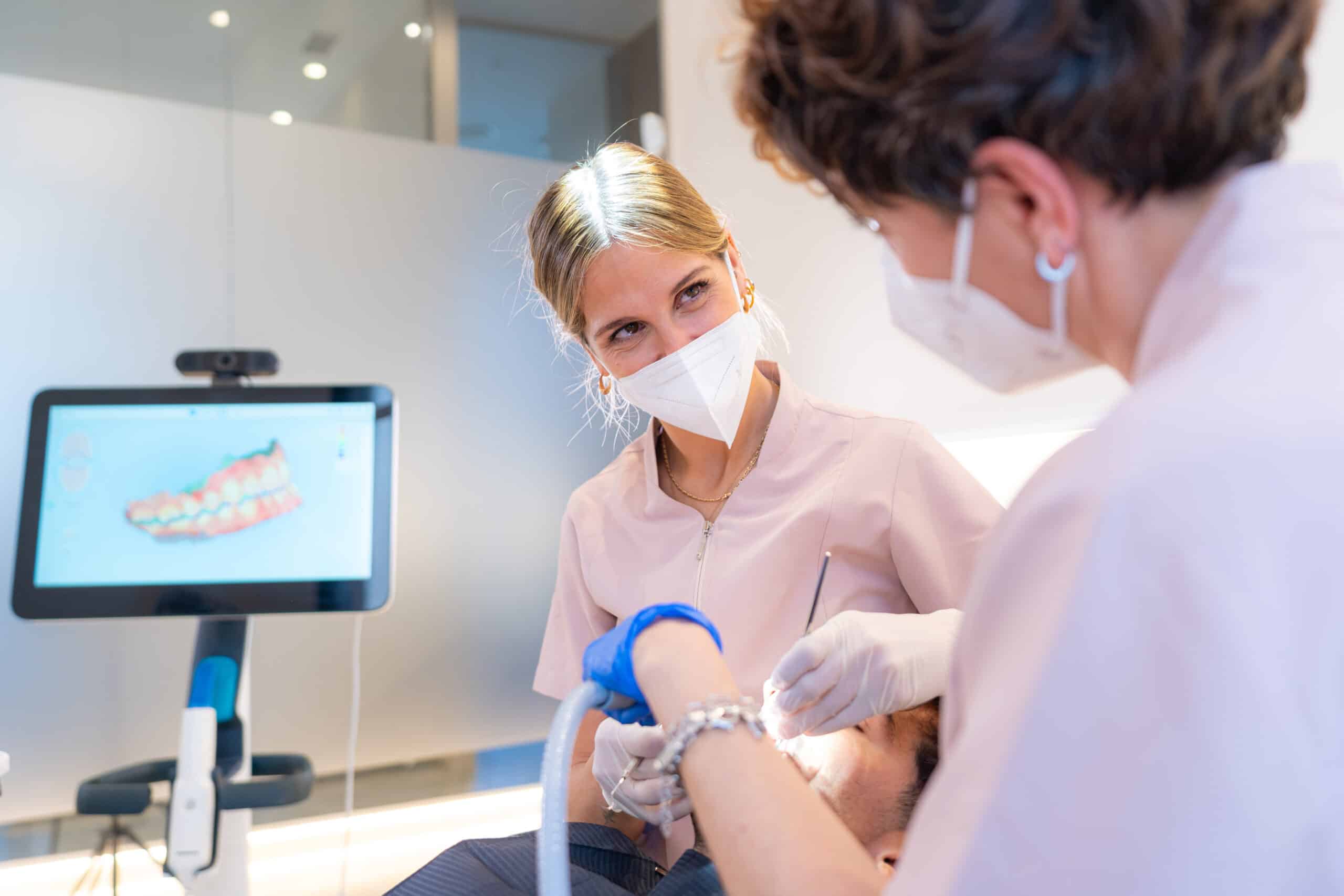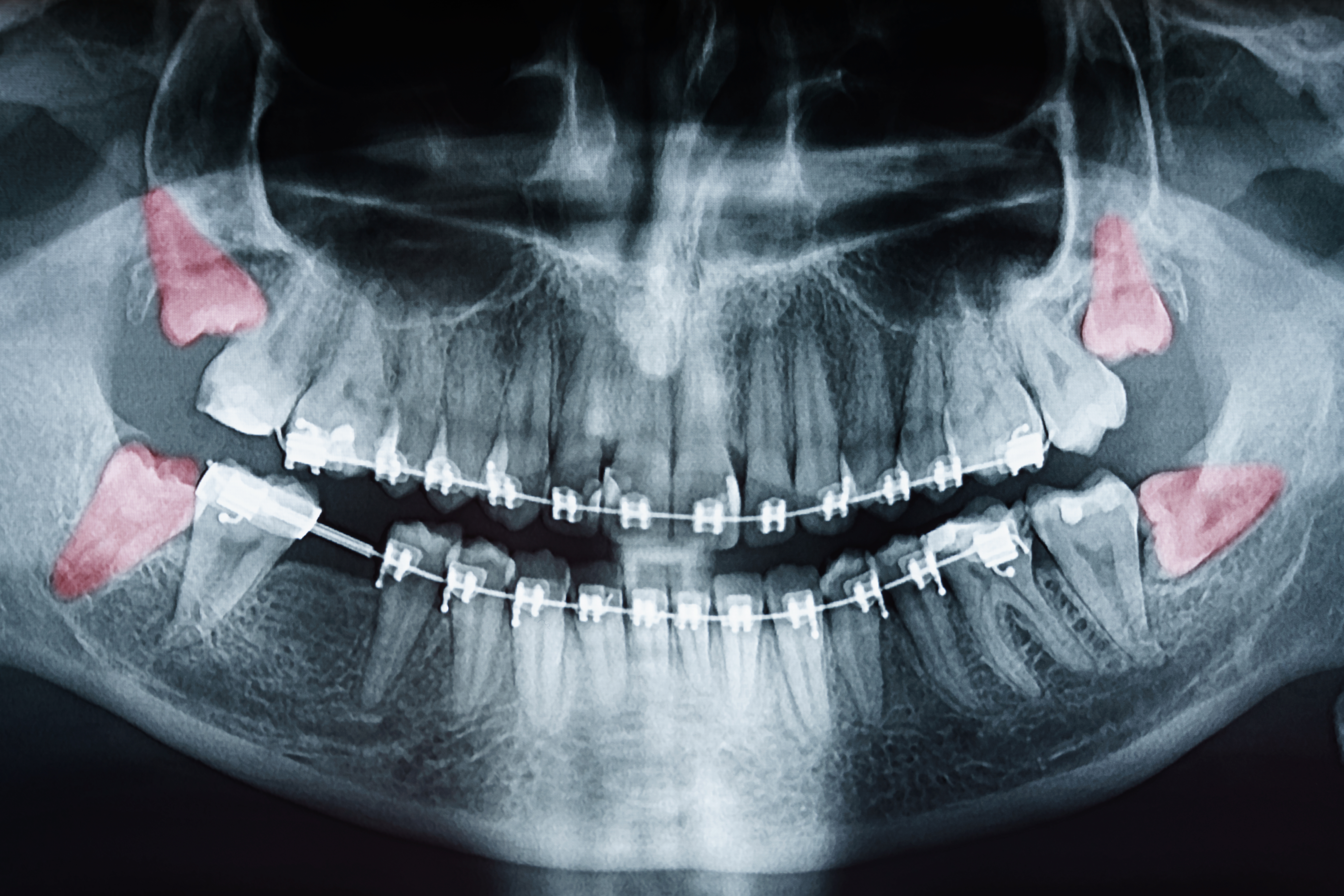First Nations dental care faces an uncertain future. 90 percent of adolescents suffer from tooth decay. That’s in comparison to 58 percent of non-First Nations children.
Your oral health is closely tied to your overall health. Bacterial infections in the mouth can penetrate into the bloodstream and enter organs. Being unable to chew food properly can harm the digestive system.
If you want to fight for the health of First Nations communities, you have to understand oral health problems. There are several questions you need to answer.
What are the oral health problems that First Nations people face? What does racism have to do with oral health? What are some of the solutions on the federal and community levels?
Get the answers and you can achieve good health outcomes for Indigenous communities. Here is your comprehensive guide.
First Nations Oral Health Issues
There are many issues that affect the oral health of First Nations communities. Some of the issues overlap with others, but each offers its own distinct problem. First Nations people cannot have great oral health until all problems are resolved.
Tooth Decay
The problem of tooth decay has been present for decades. A 2004 study from Dr. Herena Lawrence revealed that 70 percent of Indigenous children had decayed teeth by the time they were three.
Health Canada has launched several initiatives to bring these numbers down. But as the most recent rates reveal, these initiatives have met with little success.
There are several potential reasons why tooth decay is so prevalent. Many First Nations children eat a large of sugary foods. Bacteria eat off of the sugar in the mouth and then penetrate into the teeth.
Some babies go to bed with bottles in their mouths. They sometimes drink sugary beverages while they are sleeping, allowing bacteria to grow.
Holding a bottle between the teeth in and of itself can cause problems. Teeth can begin to shift out of place. The jaw can become dislocated, causing teeth to grow in at improper angles.
Lack of Fluoridation
Fluoride is a naturally occurring element that helps fight tooth decay. It can strengthen weakened enamel, kill harmful bacteria, and reverse early signs of decay. Governments across the world place fluoride in their water supplies for these purposes.
But First Nations communities lack access to fluoridated water. A 2017 report revealed that only 2.3 percent of the Indigenous population has access to fluoridated systems. Most of the ones that do are based in Nova Scotia and the Northwest Territories, leaving other provinces without resources.
Fluoridation is just one problem impacting First Nations water supplies. Dozens of communities live under boil-water advisories. Authorities must provide clean water before they can provide fluoridated water.
Efforts to spread fluoridation across Canada are stalling. Many communities have discontinued it because of rumors about its health effects. But fluoridated water can be effective, especially for Indigenous people.
Access to Dentist Offices
Most dentist offices are located in urban areas. By contrast, most First Nations communities are in rural locations.
Transportation opportunities are very limited. Some areas are only accessible by boat or plane. A few communities cannot be accessed during winter months or inclement weather.
This makes it difficult for the majority of First Nations people to access dental care. They must have a dentist for First Nations within their community, or they must go without resources.
Most First Nations people know about basic dental care. They are aware of what good tooth-brushing practices are and how they should maintain their teeth.
It is their lack of access to routine checkups that produce health disparities. Educational resources are still important. But First Nations communities need care, not just words.
Comorbidities
Diabetes is a prevalent problem in First Nations communities. First Nations adults living on-reserve are three times more likely to have diabetes than non-First Nations people. Those living off-reserve report rates two times higher than the average.
Many people are aware of complications of diabetes like heart attacks. But diabetes can also have complications for oral health.
Bacteria can feed off the high blood sugar in someone’s blood, allowing them to spread. Blood vessels can thicken up, preventing essential nutrients from reaching the mouth. This can cause gums to become inflamed and the immune system to become weaker.
Dental disease is also common amongst people with drug and alcohol addictions. First Nations communities report higher rates of addictions than the national average.
Racism
Fossil records suggest that Indigenous people had very good dental health. Less than one percent of teeth from pre-colonial mummies show signs of decay and cavities.
The rise of tooth decay accompanies a drastic change in the lives of First Nations communities. The more they were forced off their lands, the more cavities they displayed.
Healthy foods that helped them resist tooth decay became inaccessible. Traditional forms of medicine were lost in exchange for Western ones.
Transgenerational trauma passes from one generation to the next. This makes mental and physical health outcomes worse, including in dental health.
Solutions
There are many solutions that can promote the oral health of First Nations communities. All of them should be performed and taken into account.
Community Initiatives
The Children’s Oral Health Initiative (COHI) is a dental program focused on children in First Nations communities. It combines the resources of community health workers with licensed dentists.
Workers screen young children for signs of dental problems. If they notice these signs, they refer the children to a dental therapist.
Educational resources are also available for children. They learn about healthy tooth-brushing and flossing practices. Their parents can learn how to clean the teeth of babies and put bottles in their mouths without harming them.
Individual communities are organizing by themselves to get dental care for First Nations. Some are petitioning the federal government to offer universal dental care for all people. Metis communities are particularly active because federal protections do not extend to them.
Providing First Nations Dental Care
Placing dentists’ offices close to First Nations communities is a major step. But it is not enough to build an office near a reserve.
Some Indigenous people are reluctant to go to a dentist due to racism. Training First Nations people to become dentists is a way to solve this problem.
First Nations dentists should receive resources to open their offices. Scholarships should be available for aspiring students to go to medical school.
Non-Indigenous people can work in these offices. But they should receive anti-bias and cultural sensitivity training.
Offices should offer full services. Patients may need additional treatments for conditions like sleep apnea. Education materials in Indigenous languages should be available for anyone who wants them.
Anti-Racist Activism
Activists should focus on the health disparities that First Nations people face. They should call attention to the high rates of dental disease in their communities.
As much as possible, First Nations people should organize these movements. This can serve as inspiration for other members of their communities to step forward.
Reparations should be offered to survivors of the residential school system and other traumatic episodes. Returning resources to the hands of Indigenous people can incentivize them to get oral care.
Researchers in healthcare communities should work with First Nations people. They should interview them on a regular basis and gather their information. Reporting accurate rates of disease can help craft government policies and activist campaigns.
Reclaiming Traditional Practices
Restoration of traditional practices can go a long way toward ending transgenerational racism. But it has ramifications for dental care as well.
Returning to healthy food can decrease rates of tooth decay. Studying classic forms of medicine can allow doctors to come up with new treatments. They can add ingredients to toothpaste and develop tools for brushing one’s teeth.
Educational institutions should return texts and eyewitness accounts to communities. Educators can work with activists to capture the stories of Elders and community leaders.
Some practices may be lost due to language barriers. Leaders should prioritize language reclamation and education programs. Works should get translated into English, but people should learn Indigenous languages for themselves.
Find Your Great First Nations Dentist
First Nations dental care is essential. Indigenous people face higher rates of tooth decay and lower access to fluoridated water. Dentists’ offices are far away, and comorbid diseases run rampant.
But activists are fighting back. They are working with the government on educational initiatives to spread good practices.
Dentists are locating offices closer to reserves. Racism is being repelled, and young people are learning about their history. These efforts must continue with government backing.




